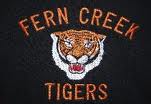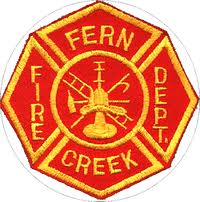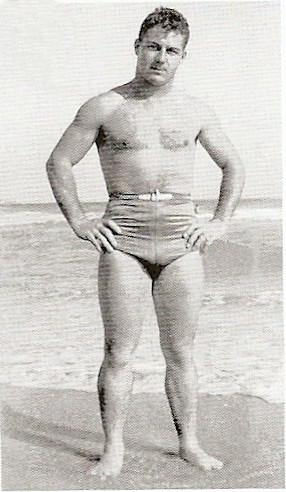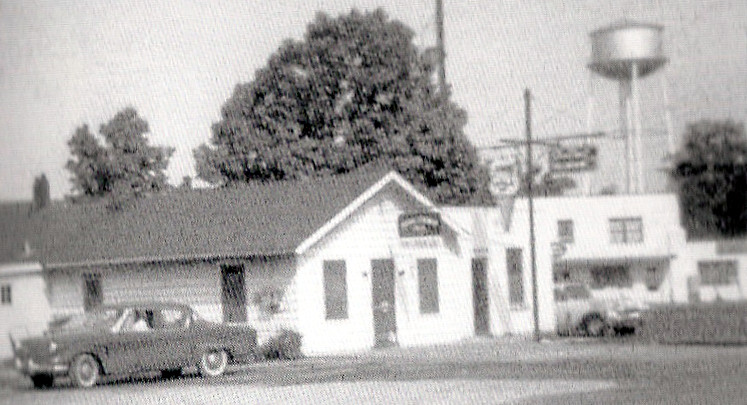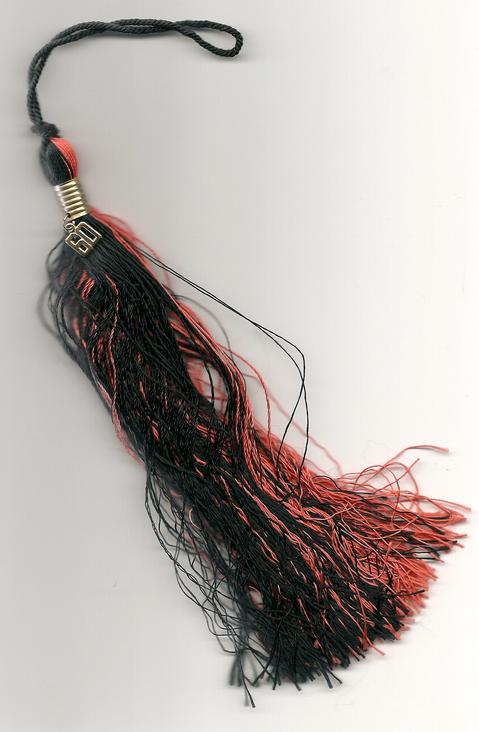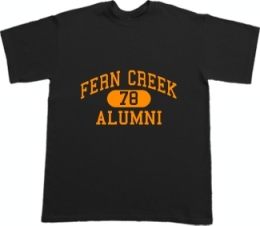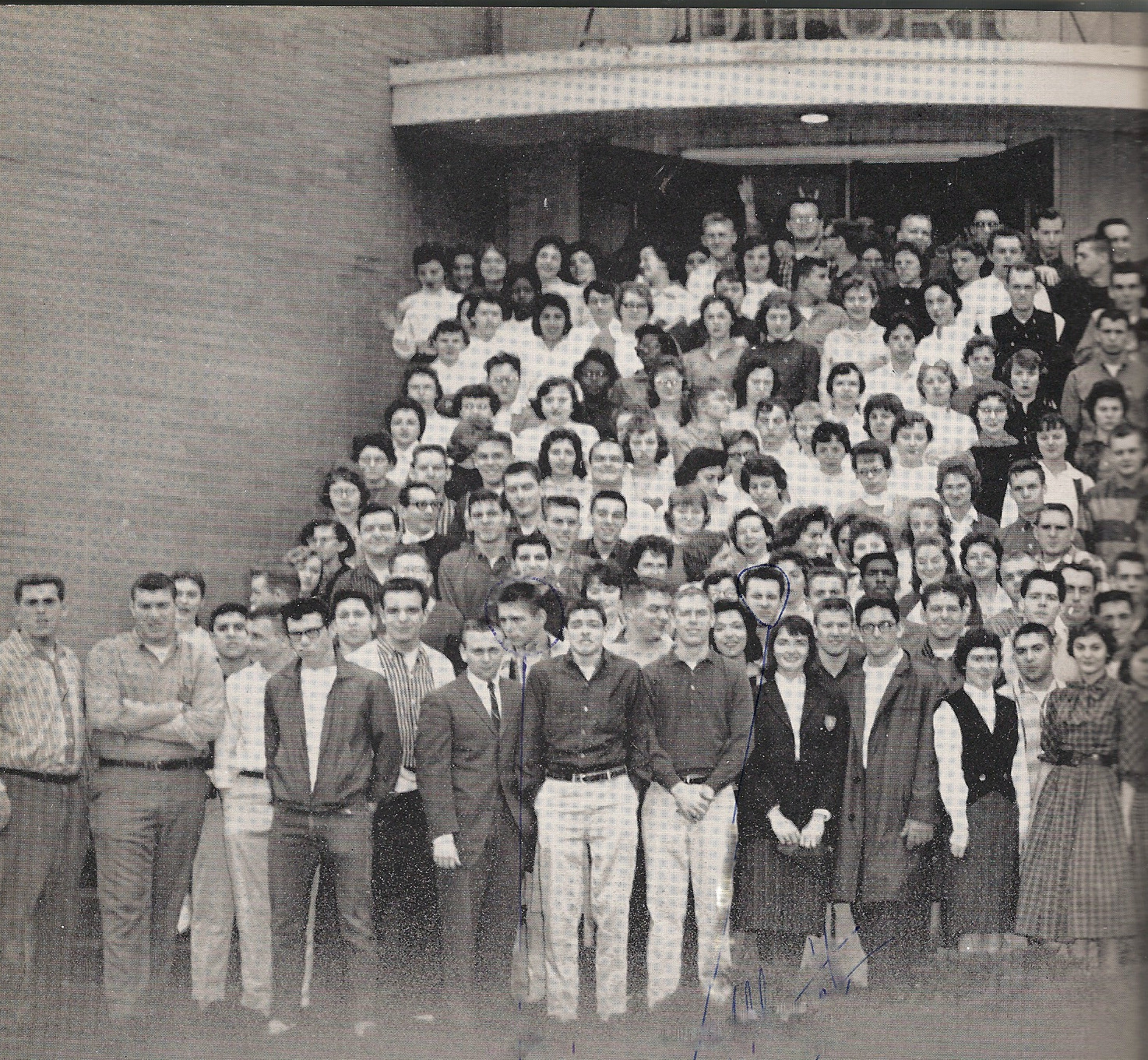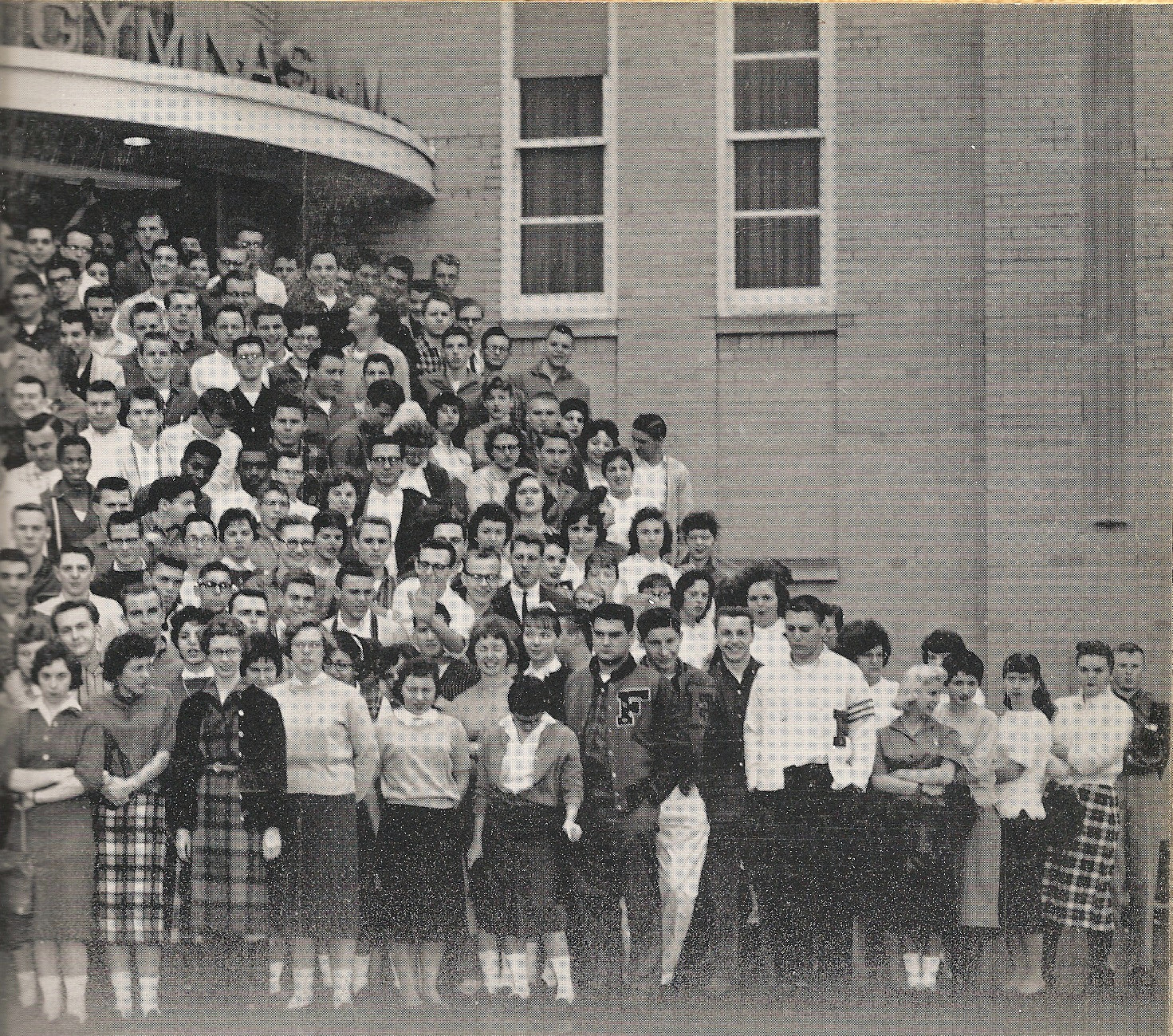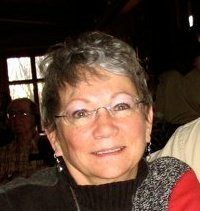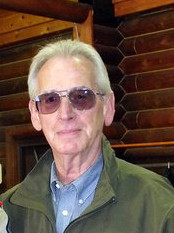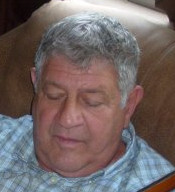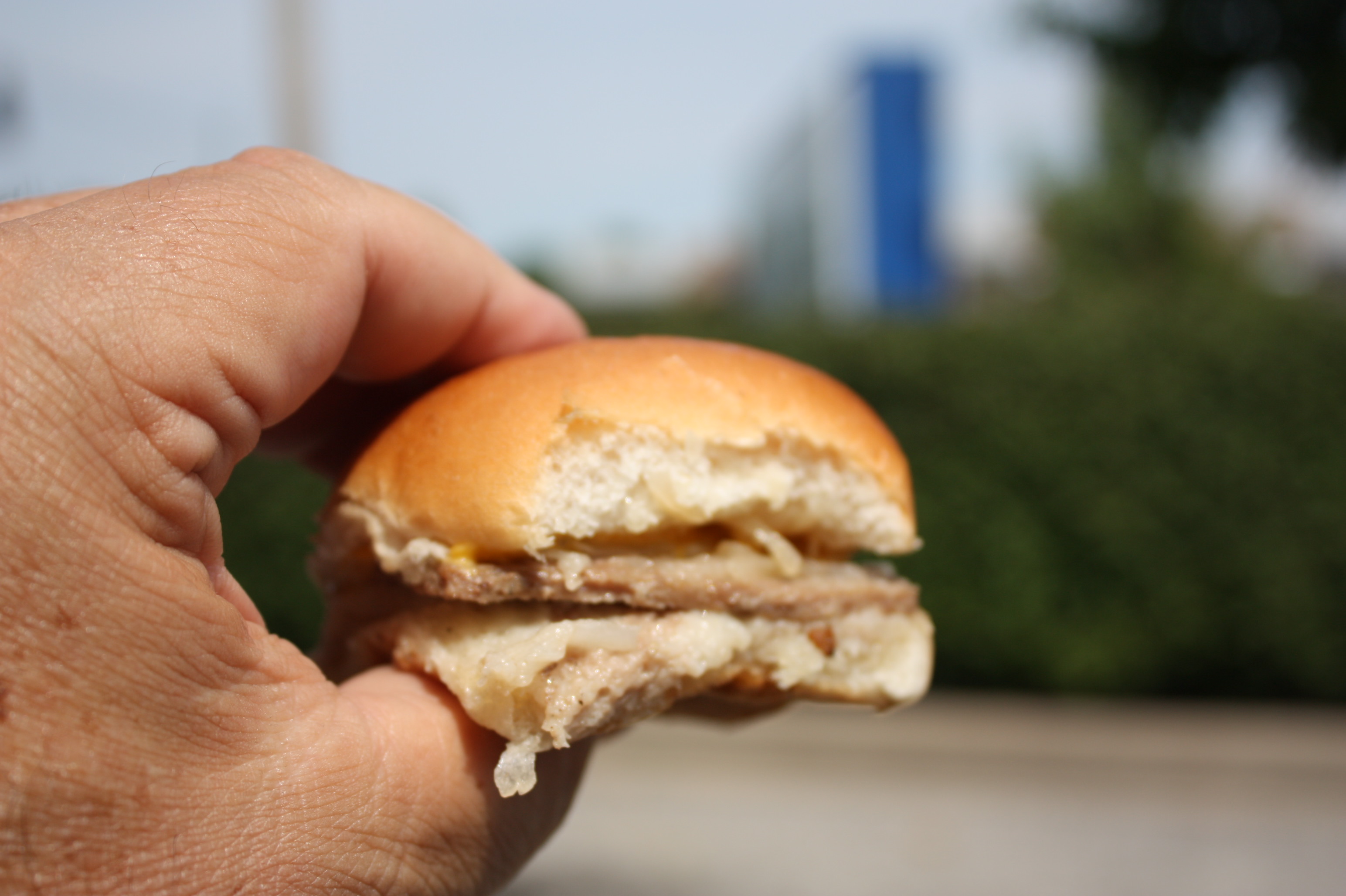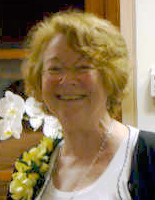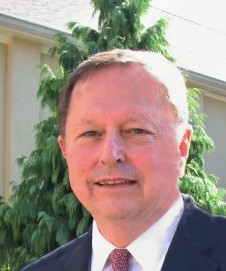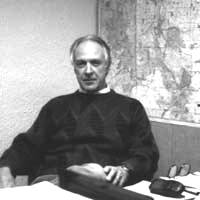They call us the Class of ’60, but we were children of the Fifties. The Sixties were five months old when we graduated. The social revolution and angry violence of that decade had no affect on us as high school students.
“The Class of 1960 was a remarkable class of 339 students, the largest ever at Fern Creek. We were the last class of the conformist 50s and the starter class of the cultural revolution of the 60s, when we helped launch a fundamental shift in American society that is the bedrock for our culture today.
Vol. 50, No. 1 FERN CREEK, KENTUCKY - Location of Friendliest School in the County October 3, 2010
50th Anniversary Reunion - October 2, 2010 - Audubon Country Club - Registration at 5:30 P.M.

Buechel, where Foster Brooks was a fry cook. Read Buechel's history from the Courier Journal. Click here.
Click Below To Read Biographical Sketches of Our Classmates
Recent Additions
The Fern Creek Volunteer Fire Department has played a significant role in the history of Fern Creek and the Class of 1960.
FOR A COMPLETE TOUR OF THE SCHOOL,
A CHANCE TO PURCHASE FERN CREEK SOUVENIRS AND CLOTHING,
AND A GREAT KICKOFF TO THE REUNION WEEKEND,
ATTEND THE ALUMNI ASSOCIATION'S HALL OF FAME BREAKFAST,
IN THE SCHOOL CAFETERIA,
SATURDAY, OCTOBER 2ND AT 9:00 AM.
AT THIS LATE HOUR, DON'T MAIL YOUR MONEY.
TO MAKE RESERVATIONS, CALL OR E-MAIL
BRIAN MILLER - 502-485-6362 - brian.miller@fchs.us
YOU CAN ATTEND WITHOUT A RESERVATION,
BUT YOU MIGHT NOT GET BREAKFAST
MAKE YOUR HALL OF FAME BANQUET RESERVATIONS THE SAME WAY. THE BANQUET, $25 PER PERSON, WILL BE ON SUNDAY, OCTOBER 3RD, NOON, WILDWOOD COUNTRY CLUB.
DON MC KAY AND DAVID QUISENBERRY WILL BE INDUCTED.
CALL BRIAN MILLER AT 1-502-485-6362
SEATING IS LIMITED, SO RESERVATIONS ARE A MUST
DON'T FORGET THE CLASS OF '60 TAILGATE PARTY
FRIDAY, OCTOBER 1ST IN THE SCHOOL PARKING LOT
IT'S HOMECOMING, WITH A FOOTBALL GAME AND HALF TIME FESTIVITIES.
THE FUN STARTS BETWEEN 5:30 AND 6:00 P.M. KICKOFF AT 7:00.
THE ALUMNI ASSOCIATION WILL HAVE A TENT. WE'LL MEET THERE.
GAME TICKETS ARE $5. THERE WILL BE BEVERAGES AND COOKIES AT THE TENT
AFTER THE GAME, THE PLACE TO GO WILL BE FRISCH'S IN FERN CREEK.
The Eat Shop, hang out for generations of Fern Creek students. Note the old drug store building in the background.
 | ||||
. . . a message from the Editor
The complete gallery of "Can you identify?" classmates
Marc Rucker
J. D. Nichols
W. K. Niman
Sherry Lazarus Kaufman
White Castle
Alice Pliess Schalk
Marsha Weldon Haberman
Pat Frost Cooper
Arley Houston McGill
Louis Nagel
Leonard Hartman
John Herrmann
Bill Wolder
Carlton "Curt" Neat
Charles Buckman
Lynn Flowers Perryman
Sara Shifrin
Grace Lovelace Albritton
Jim Sullins,
Editor
Acknowledgements - I owe a special thanks to Ross Simpson, whose fabulous contributions have made the site memorable in ways I didn't image. Ross adjusted his travel plans in Louisville to do the interviews and photos for Fern Creek 50, a piece that's at the heart of the web site. The Fern Creek photo essay is filled with his work. His daily phone calls to me have provided constant encouragement and loads of laughs, as have his e-mails. Ross has kept me going, although he might not have realized it at the time.
Mark Morgan

